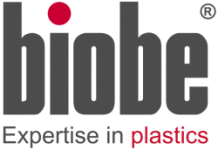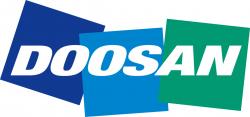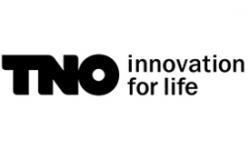WP3 - Closing Degradation Knowledge Gaps
The main objective of WP3 is to close knowledge gaps related to solvent degradation and its impacts. WP3 will provide fundamental understanding of the connection between degradation, corrosion and foaming.
The volatility of degradation compounds of second and third generation solvents will be tested, allowing the prediction of resulting emissions and quantifying the impacts of such emissions.
Data on degradation of novel solvents will be generated, closing an important knowledge gap towards the further development of solvents. Results from this work package will set a benchmark and target for WP2, deliver essential data for WP1, and act as a de-risking mechanism before solvents can be tested at larger scale.
WP3 is divided into 3 key tasks:
- Task 3.1 Connection between corrosion, foaming and degradation
- Task 3.2 Degradation of second and third generation solvents
- Task 3.3 Volatility of degradation compounds and novel solvents
Coordinator profile













